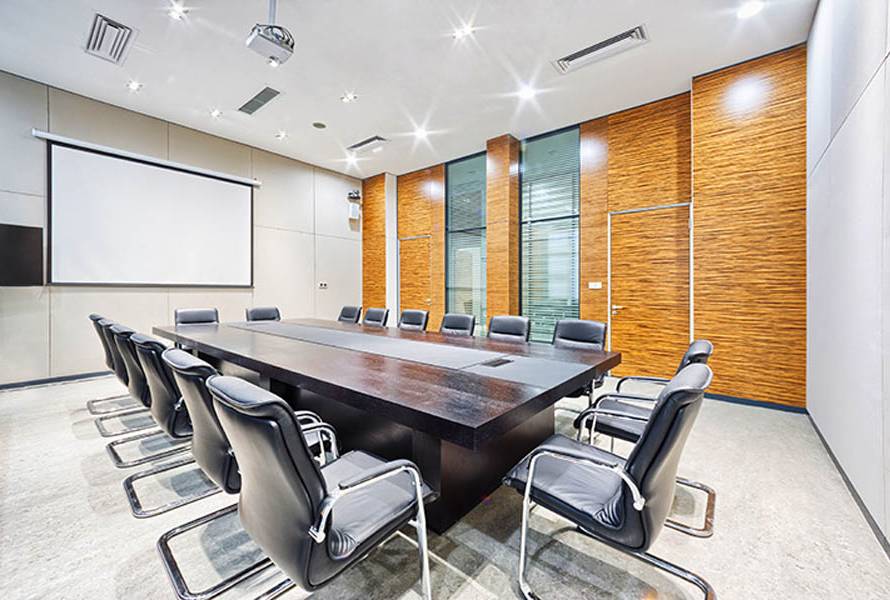There’s something quietly magical about a well-lit outdoor space. Not glaring floodlights or overly complicated installations—just the right glow at the right moment. The kind that makes people linger. The kind that turns a basic patio into a place you want to be.
But here’s the thing: great outdoor lighting isn’t accidental. It’s designed—with mood, movement, and a little bit of mystery in mind.
Start with purpose, not brightness
Ask yourself what you actually want to do out there. Host dinners? Sip something under the stars? Guide guests up the walkway? Each purpose deserves its own light strategy.
Flooding the entire space with light might feel like solving the problem… but it kills the vibe. Instead, think in layers. Think in shadows. Let light guide, not dominate.
Task, accent, and ambient—your lighting trifecta
Every good outdoor space hits three notes:
- Task lighting:
Functional. Direct. It’s what helps you grill without guessing or get up the stairs without a stumble. Think under-counter lights, path markers, step illumination.
- Accent lighting:
Drama without noise. Uplights on trees, spotlights on stone textures, subtle fixtures that draw the eye without yelling. This is where you sculpt your space.
- Ambient lighting:
The heart of the mood. String lights, wall sconces, soft-glow lanterns. It’s not just what you see—it’s what you feel when the lights come on.
Warm vs. cool—yes, it makes a difference
Temperature isn’t just about the air. Light has warmth too—and it changes everything.
- Warm light (2700K–3000K):
Cozy. Inviting. Best for seating areas, patios, dining zones. Think candlelight, not convenience store.
- Cool light (4000K and up):
Crisp. Clear. Best for security, utility, or architectural edge. Use sparingly—it can flatten your space if overdone.
The magic is in the contrast
Don’t light everything. Let darkness frame your scene. A dark tree line makes a spotlighted path pop. A softly lit table feels more intimate when the background fades to black.
Unevenness adds depth. Your eye loves a little surprise.
Conclusion
Once the mood is right, make it effortless. Automate scenes. Use motion for pathways. Schedule warm-ups before guests arrive. Outdoor lighting doesn’t just live outside—it connects to your life inside.
Suddenly, your yard isn’t just visible at night—it’s alive. A space you curated. A glow you crafted. A place that invites people to sit a little longer, breathe a little deeper, and maybe, forget what time it is. Because lighting, done well, doesn’t just show a space. It transforms it. And once you feel the difference, you’ll never go back to “just enough.”



